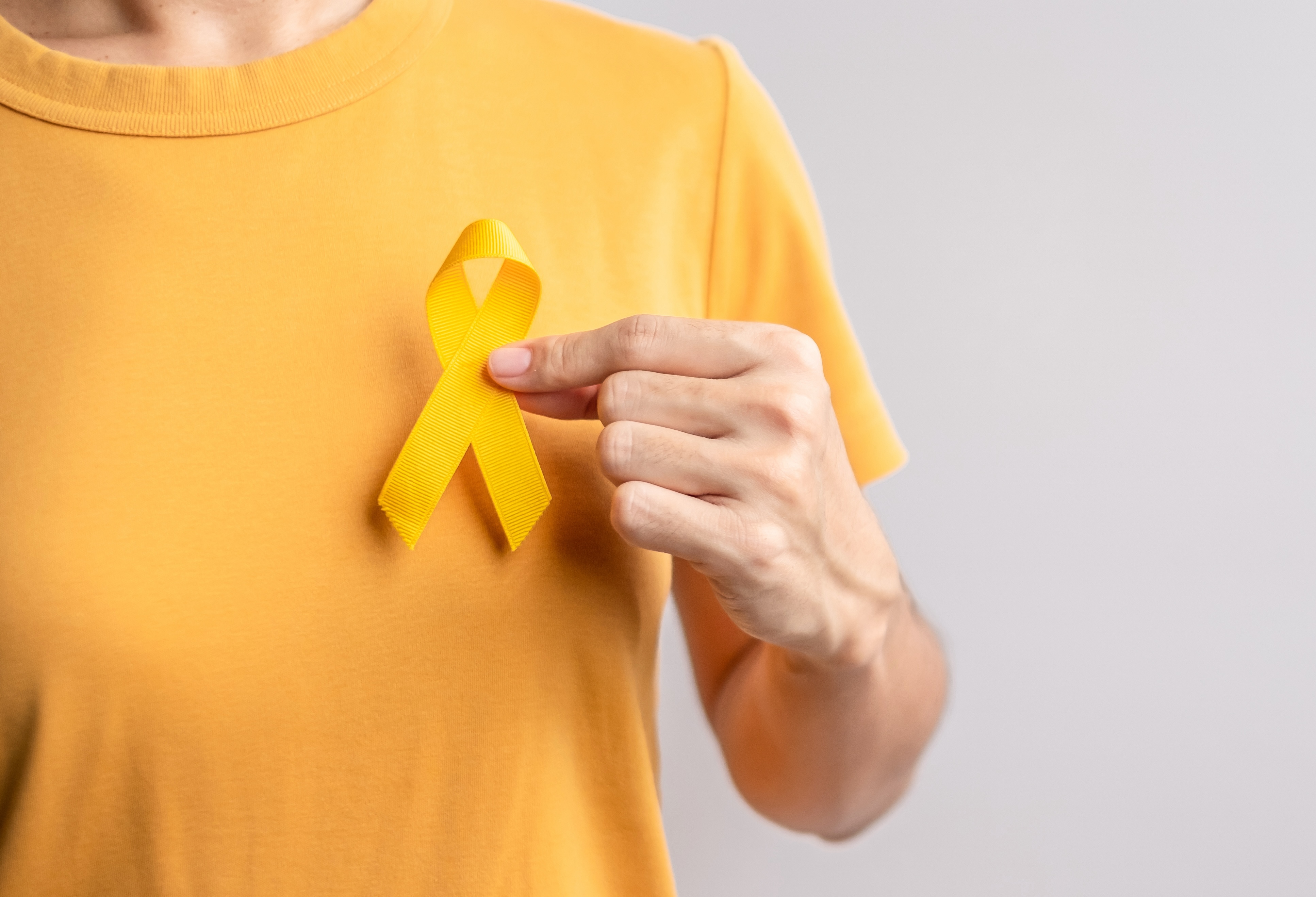
New Brunswick, N.J. July 1, 2024 – Sarcoma, often referred to as "the forgotten cancer," is a rare and diverse group of cancers that arise in the bones and soft tissues. According to the American Cancer Society, about 13,590 new soft tissue sarcomas will be diagnosed this year, which means that unless you or someone you know has been diagnosed with the disease, you probably don’t know too much about it.
"From the top of your head to your toes, sarcoma can grow in bones, muscles, tendons, cartilage, and any connective tissue, which makes it a difficult disease to detect," says Adam C. Berger, MD, FACS, chief of Melanoma and Soft Tissue Surgical Oncology at Rutgers Cancer Institute together with RWJBarnabas Health, the state’s only National Cancer Institute-designated Comprehensive Cancer Center. “Despite its rarity, sarcoma can affect individuals of all ages and often goes undiagnosed due to its subtle symptoms and lack of awareness.”
The most common types of sarcoma are soft tissue sarcomas, including angiosarcomas, fibrosarcomas, leiomyosarcomas, rhabdomyosarcomas, liposarcomas and synovial sarcomas. Osteosarcomas (bone sarcomas) are the second most common type, with the least frequent type being sarcomas that develop in internal organs, such as the lungs.
Understanding symptoms can help in early identification and management of the disease. The most common areas that sarcoma tumors grow are the legs, hands, arms, neck, chest, shoulders, abdomen, and hips, but symptoms can vary depending on the location and size of the tumor. Common signs include:
- A painless lump or swelling
- Pain if the tumor presses on nerves or muscles
- Limited range of motion
While most sarcomas occur without a known cause, some risk factors have been associated with their development, including:
- Age: Some types of the disease, such Ewing’s sarcoma, often occur in children during periods of rapid growth and development
- Radiation exposure: radiation from prior cancer treatment is a known risk factor for sarcoma
- Genetic disorders: People with a family history of inherited disorders, such as Li-Fraumeni syndrome, have a higher risk of developing sarcoma
Treatments for sarcomas are dependent upon the subtype a patient has and will vary widely depending on a variety of other factors such as tumor location and size, the patient’s age and if the tumor is new or recurrent.
“With a rare and complex type of cancer such as sarcoma, it is important to seek the best possible care,” notes Dr. Berger. “Experts at Rutgers Cancer Institute together with RWJBarnabas Health are involved in various precision medicine initiatives for sarcomas focusing on personalized treatment for metastatic disease as well as early detection.”
Clinical trials for sarcomas are also currently being conducted at Rutgers Cancer Institute, focusing on both targeted therapy and immunotherapy for treatment of the disease. “By raising awareness of the symptoms and risk factors of sarcoma and the treatments we have available today, we can ensure that sarcoma is no longer the ‘forgotten cancer,’ Dr. Berger adds.
Learn more about the Sarcoma and Soft Tissue Oncology Program and latest treatments available at New Jersey’s only National Cancer Institute (NCI)-Designated Comprehensive Cancer Center: rwjbh.org/beatcancer.
For journalists – contact:
Krista Didzbalis
Corporate Communications Specialist
krista.didzbalis2@rwjbh.org

